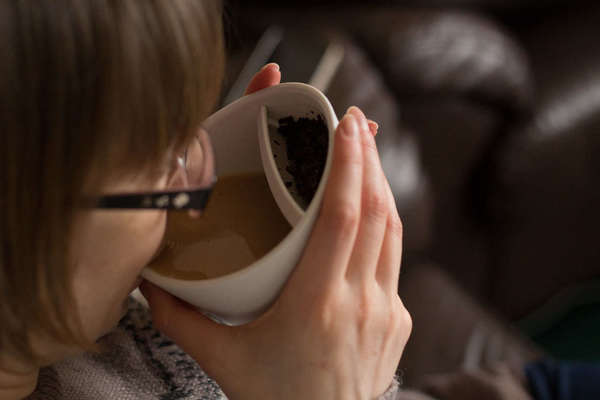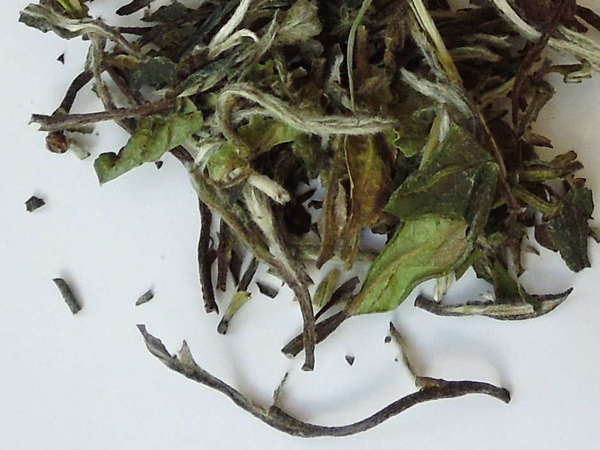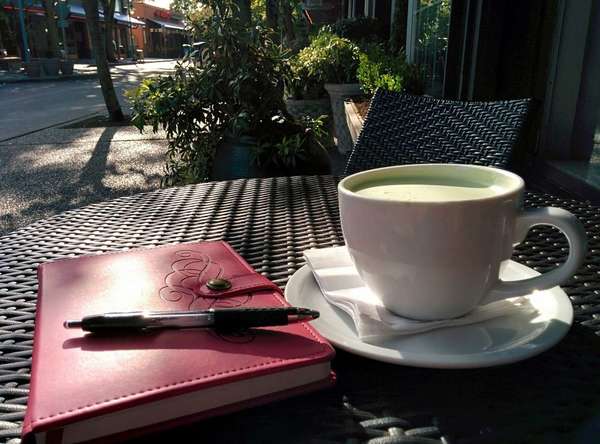Writing About Tea
Last Updated: Oct. 16, 2017People who are not experienced writing tea reviews can often find it intimidating to write their first few reviews. This page offers a quick guide on how to write about tea, which can be helpful both for writing reviews on RateTea and for writing about tea on a blog or other website.
Distinguishing between flavor, aroma, and other characteristics
Flavor encompasses only taste sensations (sweet, bitter, salty, sour, and savory). Teas have all of these qualities, but the range of flavors in teas tends to be subdued relative to other foods. Teas tend not to be salty, and they range from having no sweetness to being mildly sweet. The bitterness of tea is the most variable aspect of flavor, and sourness follows closely behind. Savory qualities (often called umami) in tea are subtle but generally present, but are central to certain styles of tea such as gyokuro, and may appear in many other types of tea. Flavor can also be described in other, broader terms, such as smooth, bold, strong, weak, pleasing, or harsh.Aroma encompasses the smell of a tea both while sipping or drinking it, as well as before and after. People often confuse smell with taste, as is evident in expressions like "tastes like an apple". Different fruits, for example, are characterized by aroma more than taste; to realize this, hold one type of aromatic fruit to your nose (a banana is a great example) while eating another type of fruit. You will find it "tastes" like the fruit you are smelling, not eating, showing that this sensation is really smell, not taste. Taste only involves the five sensations described above; all else that you seem to be "tasting" is part of the aroma.
 The most important aspect to writing about tea is paying attention to the tea as you drink it. Photo © Graham Campbell (Flickr), CC BY-SA 2.0.
The most important aspect to writing about tea is paying attention to the tea as you drink it. Photo © Graham Campbell (Flickr), CC BY-SA 2.0.One common word that encompasses multiple facets of a tea is tannic. This word refers to the presence of tannins, chemicals common in many varieties of black tea. Tannins are bitter, highly astringent, and dark in color, and are incidentally some of the antioxidants in black tea.
Writing about aroma
Aroma is the most complex aspect of tea. Tea, in comparison to other beverages, tends to have a narrow range of flavor and yet a broad range of aroma. Loose-leaf tea is usually strongly aromatic, and you can tell a lot about how a tea will taste just by smelling the leaf.
Loose-leaf tea is usually strongly aromatic, and you can tell a lot about how a tea will taste just by smelling the leaf.High-quality loose-leaf tea is usually wonderfully aromatic, and the smell of the dry leaf can often give you hints as to what a tea will smell or taste like upon brewing. At the same time, sometimes a tea can surprise you with new or unexpected aromas that only emerge once the leaves are steeped in water. Whether you want more to write about, or you're just curious, you can compare the smell of the dry leaf to the smell and taste of the brewed cup. This process has the advantage of helping you learn how to pick out teas in the future that you are likely to enjoy, just by smelling the leaf.
Tip: make analogies to familiar aromas.
Teas, especially green teas, are often described as having grassy, herbaceous (more like herbs) or vegetal (more like vegetables) qualities in the aroma; Japanese green teas like sencha are frequently described as being seaweed-like. Many teas, including pure, unscented teas, are described as floral, and these qualities can be made more specific by naming particular flowers that the tea resembles (like rose, jasmine, or orchid). Some teas are roasted, and the roast is also present in the aroma. Some black teas are described as malty, and many are said to suggest various dried fruits. Many teas, including greens, blacks, and oolongs, are dried or pan-fired over smoke and acquire a smoky aroma as a result.
You can further develop your reviewing skills by making your analogies as specific as possible. Instead of just saying "fruity", ask yourself: does this smell resemble apricots, grapes, citrus fruits, or is it truly a generic fruitiness? If a tea smells vegetal or herbaceous, think of specific vegetables or herbs that the tea reminds you of.



